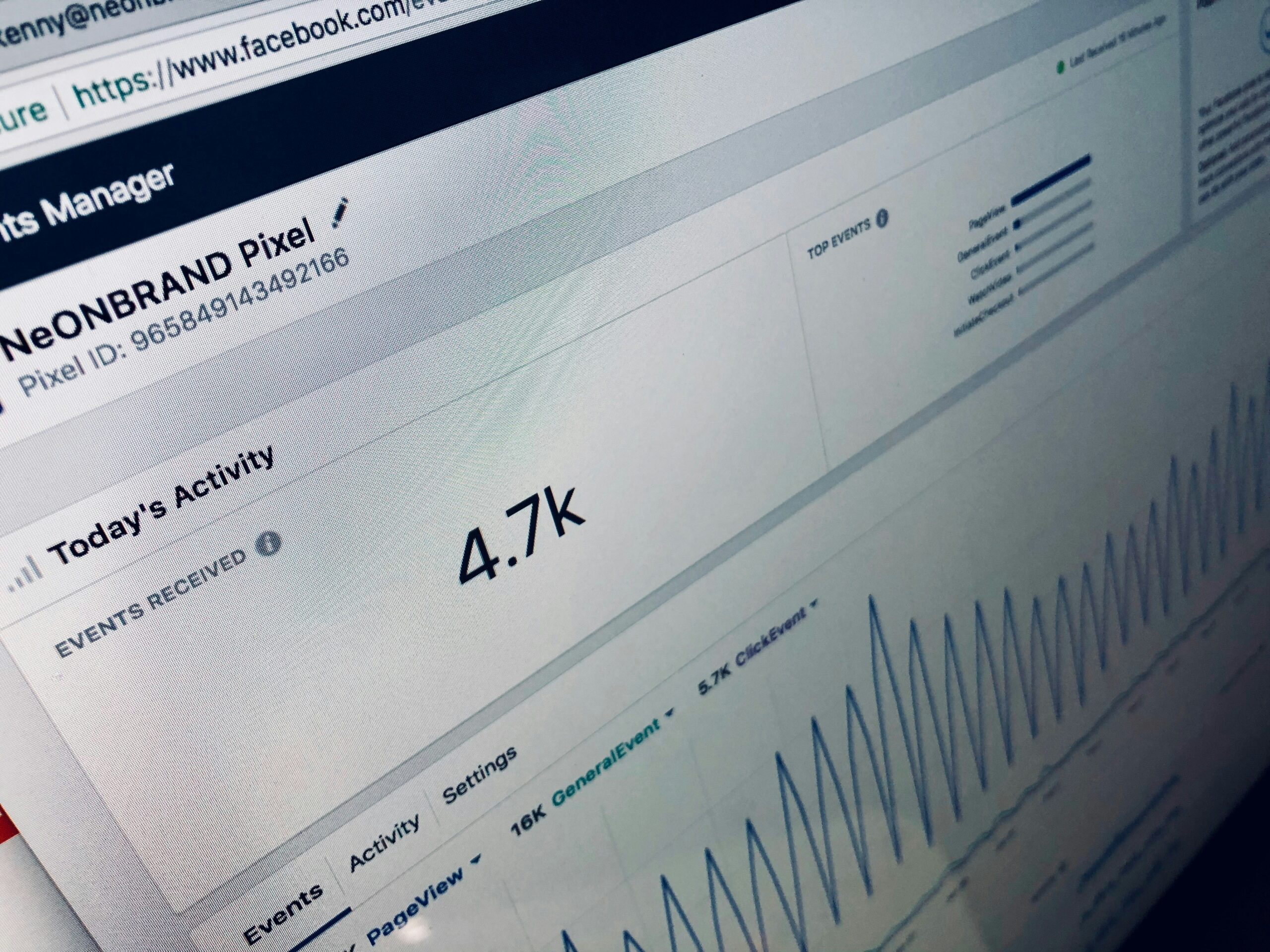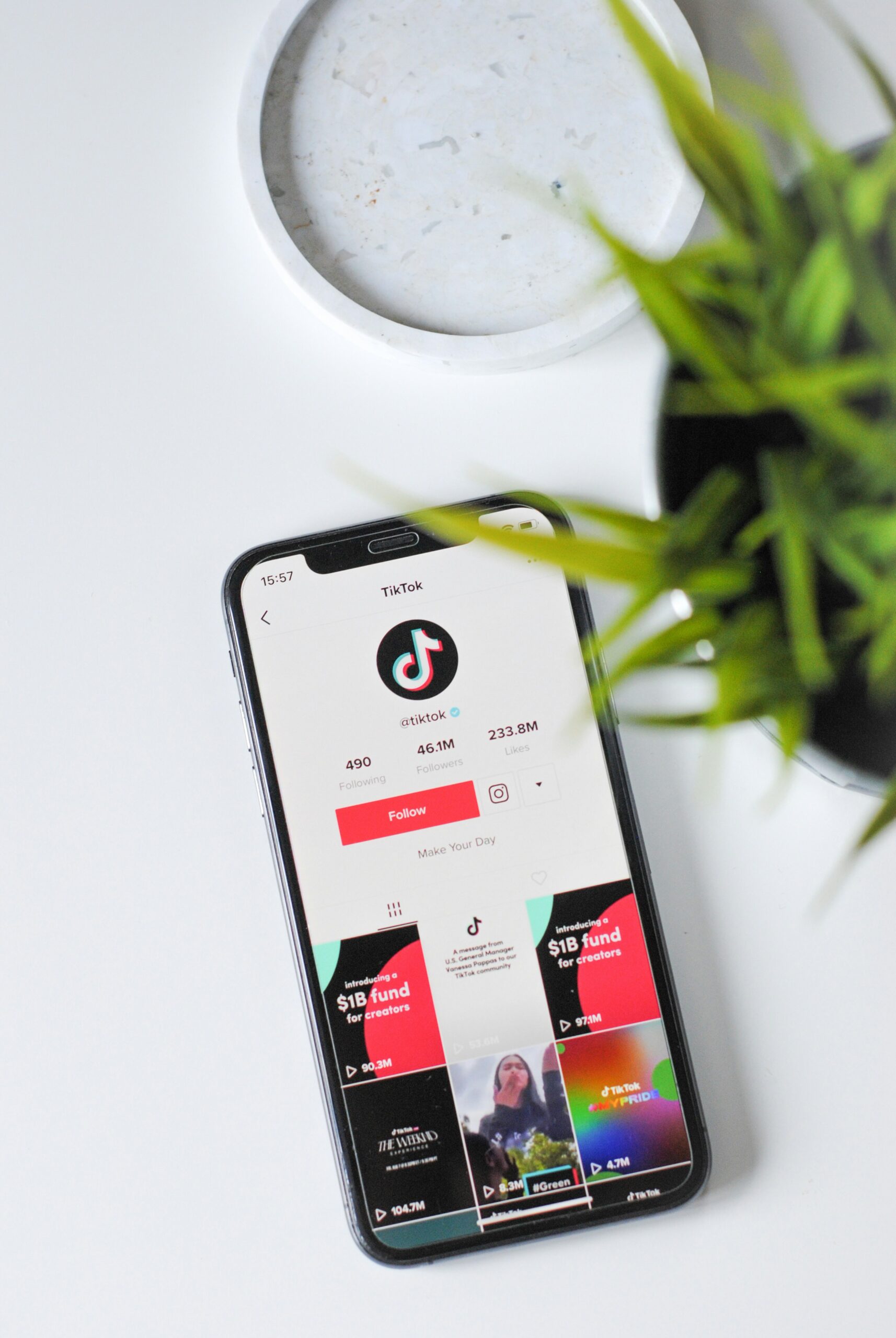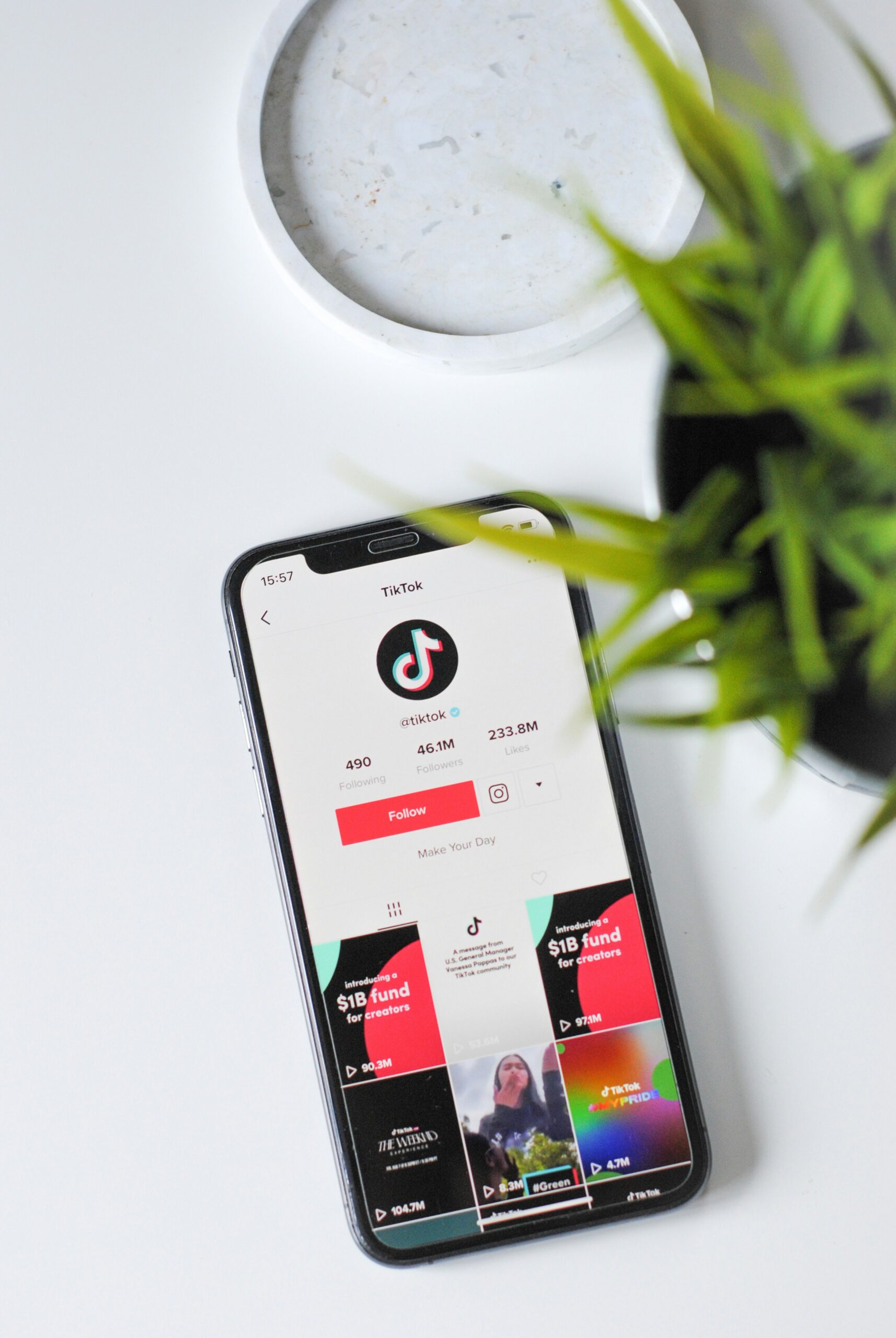
How to Use Facebook Insights to Improve Your Marketing Strategy
Introduction to Facebook Insights
Facebook Insights is a powerful analytics tool designed to help businesses understand their audience and optimize their marketing strategies. By offering a comprehensive overview of various metrics, Facebook Insights enables companies to make data-driven decisions that can significantly improve their marketing outcomes.
One of the key features of Facebook Insights is its ability to provide detailed audience demographics. These demographics include information such as age, gender, location, and interests, which can be invaluable in tailoring your content to better resonate with your target audience. Knowing who your audience is allows you to create more personalized and effective marketing campaigns.
In addition to audience demographics, Facebook Insights also offers data on post performance. This data includes metrics like reach, impressions, and engagement rates, helping you to identify which types of content are most effective in capturing your audience’s attention. By analyzing post performance, you can refine your content strategy to focus on what works best, ultimately boosting your overall engagement and reach.
Engagement metrics are another crucial aspect of Facebook Insights. These metrics provide insights into how users are interacting with your content, such as likes, comments, shares, and clicks. Understanding these engagement patterns can help you identify trends and preferences among your audience, allowing you to create more compelling and engaging content.
Overall, Facebook Insights plays a vital role in refining marketing strategies for businesses. By leveraging the data provided by this tool, companies can make informed decisions that lead to better-targeted campaigns, higher engagement rates, and improved marketing results. Whether you’re a small business or a large corporation, utilizing Facebook Insights can significantly enhance your marketing efforts and drive success.
Setting Up and Accessing Facebook Insights
Setting up and accessing Facebook Insights is a crucial step in leveraging the platform to enhance your marketing strategy. To begin, navigate to your Facebook page, and from the top menu, click on the “Insights” tab. This section is the control center where you can analyze your page’s performance and gather valuable data about your audience’s interaction with your content.
Once you’ve accessed the Insights section, it’s essential to ensure the data you’re collecting is both accurate and relevant. First, verify that your Facebook page is properly linked to all other social media accounts and websites you manage. This will ensure a comprehensive view of your audience’s behavior across different platforms. Additionally, make sure the Facebook Pixel is installed on your website. This tracking tool will help collect data on how users interact with your website after engaging with your Facebook content, providing a fuller picture of your marketing efforts.
Another key aspect of setting up Facebook Insights effectively is customizing the data you wish to monitor. In the Insights dashboard, you can view various metrics such as page views, post engagements, and follower demographics. Customize these reports by selecting the date range and specific metrics that align with your marketing objectives. This tailored approach will enable you to focus on the data that matters most to your strategy.
Furthermore, regularly reviewing and updating your tracking settings is crucial. Periodically check that all integrations and tracking codes are functioning correctly to avoid any data discrepancies. Consistent monitoring and updating will ensure that the insights you gather are always accurate and actionable.
By meticulously setting up and accessing Facebook Insights, you can obtain a wealth of information that will empower you to refine your marketing strategy, target your audience more effectively, and ultimately achieve better results.
Understanding Your Audience
Facebook Insights is an invaluable tool for marketers looking to gain a deeper understanding of their audience. By leveraging this platform, you can gather comprehensive demographic information about your followers, such as age, gender, location, and interests. These insights are crucial for tailoring your marketing messages and strategies to resonate more effectively with your audience.
Firstly, navigate to the ‘People’ tab in Facebook Insights. Here, you can view an age and gender breakdown of your audience, enabling you to identify key demographic segments. For instance, if you find that a significant portion of your followers falls within the 25-34 age range, you can craft content that appeals specifically to the interests and preferences of this demographic.
Location data is another critical aspect available in Facebook Insights. By analyzing the geographic distribution of your audience, you can tailor your marketing campaigns to local tastes and trends, ensuring your message is relevant and engaging. Whether it’s through localized promotions or region-specific content, understanding where your audience resides can significantly enhance your marketing strategy.
Identifying your audience’s interests is another powerful feature of Facebook Insights. This data can be found under the ‘Interests’ section, where you can see what pages your followers like and the types of content they engage with. By understanding these interests, you can create more targeted and compelling content that aligns with what your audience is passionate about.
Segmenting your audience is an effective way to deliver more personalized marketing messages. Use the demographic data gathered from Facebook Insights to create audience segments based on age, gender, location, and interests. For example, you might create a segment for young adults interested in fitness and another for middle-aged professionals interested in finance. Tailor your content and advertisements to each segment’s unique characteristics and needs, enhancing engagement and conversion rates.
In conclusion, Facebook Insights provides a wealth of demographic information that, when utilized effectively, can significantly improve your marketing efforts. By understanding your audience’s age, gender, location, and interests, and segmenting them accordingly, you can craft more targeted and impactful marketing strategies.
Analyzing Post Performance
To effectively harness the power of Facebook Insights for your marketing strategy, it is paramount to meticulously analyze the performance of individual posts. Facebook Insights provides a plethora of metrics that can be instrumental in evaluating post performance, such as reach, engagement, and reactions. Understanding these metrics is crucial in determining what content resonates most with your audience and how to optimize future posts for maximum impact.
Reach refers to the number of unique users who have seen your post. This metric helps gauge the overall visibility of your content. A high reach indicates that your post is being widely disseminated among your audience, whereas a low reach may suggest the need for more engaging content or a different posting time.
Engagement measures the interactions users have with your post, including likes, shares, comments, and clicks. High engagement rates are indicative of content that your audience finds interesting or valuable. By examining which posts receive the most engagement, you can identify patterns or themes that resonate well with your audience. This data can be invaluable for crafting content that fosters interaction and builds a community around your brand.
Reactions, which include likes, loves, wows, and other emotive responses, provide insight into the emotional reception of your content. Analyzing reactions can help you understand the emotional impact of your posts and refine your content strategy to evoke the desired responses from your audience.
To optimize future content, it is essential to regularly review these metrics and identify trends. For example, if video posts consistently receive higher engagement than image posts, it might be beneficial to incorporate more video content into your strategy. Similarly, if posts with certain topics or hashtags perform better, you can focus on creating more content around those themes.
By leveraging the insights gained from analyzing post performance, you can create a more effective and targeted marketing strategy that aligns with your audience’s preferences and behaviors. This data-driven approach ensures that your content remains relevant and engaging, ultimately driving better results for your marketing efforts.
When it comes to understanding how your audience interacts with your content on Facebook, measuring engagement and interaction is crucial. Engagement metrics encompass various forms of user interaction, including likes, comments, shares, and clicks. Each of these metrics offers unique insights into how well your content resonates with your audience and can guide your marketing strategy to enhance overall engagement.
Likes
Likes are the most straightforward indicator of audience approval. They signify that users appreciate your content at a glance. While the number of likes can give you a quick snapshot of content popularity, it is essential to look deeper into other engagement metrics to get a comprehensive view of audience interaction.
Comments
Comments provide a more in-depth understanding of audience engagement. When users take the time to comment, they are investing more effort than simply liking a post. Comments can offer direct feedback, opinions, and questions, which can be valuable for understanding your audience’s thoughts and preferences. Engaging with comments can further foster a sense of community and encourage more users to interact with your content.
Shares
When users share your content, they are essentially endorsing it to their network, which can significantly expand your reach. Shares indicate that the content is not only engaging but also valuable enough for users to want to distribute it further. Tracking the number of shares can help you identify content that has viral potential and can inform future content creation strategies.
Clicks
Clicks are a direct indicator of user interest in the content you are promoting. This metric shows that users are willing to take action to learn more, whether it’s clicking on a link to read a full article, view a video, or visit your website. By analyzing click-through rates, you can gauge the effectiveness of your call-to-actions and overall content strategy.
To increase engagement, it is crucial to utilize the insights provided by these metrics. For instance, if you notice a particular type of content garners more comments, consider creating similar posts or expanding on the topic. If certain posts are shared more frequently, analyze their elements to understand what made them so appealing. Engaging directly with your audience through comments and questions can also foster a stronger community. Leveraging these insights allows you to refine your approach and create content that better meets your audience’s interests and needs.
Tracking Page Views and Reach
Understanding the metrics related to page views and reach is crucial for evaluating the performance of your Facebook marketing strategy. Facebook Insights provides detailed data on both total views and unique views, offering a comprehensive look at how many times your page has been visited and how many distinct users have interacted with your content.
Total views represent the cumulative number of times your page has been accessed, regardless of whether visitors are returning users or new ones. This metric is essential for gauging overall traffic and interest in your page. Unique views, on the other hand, provide insight into how many different individuals are engaging with your content, helping to determine the breadth of your audience.
Reach is another critical metric that measures the number of unique users who have seen your posts. This can be broken down into organic reach and paid reach. Organic reach refers to the number of unique users who see your content without any paid promotion, often achieved through shares, likes, and comments. Paid reach, by contrast, includes users who see your posts as a result of advertising efforts. Understanding the distinction between these two types of reach can help you evaluate the effectiveness of your organic content strategy versus your paid campaigns.
Interpreting these metrics allows you to assess the visibility and effectiveness of your marketing efforts. For instance, a high number of total views but a low number of unique views could indicate that your content is not attracting new visitors. Similarly, a broad reach with minimal engagement might suggest that while your posts are being seen, they are not resonating with your audience.
By regularly monitoring page views and reach, you can make informed decisions about how to adjust your content and advertising strategies to optimize engagement and achieve your marketing goals. Utilizing these insights effectively will enable you to enhance the overall impact of your Facebook marketing efforts.
Facebook Insights provides marketers with a wealth of data that can significantly enhance their ad campaigns. By thoroughly analyzing audience insights, businesses can craft more targeted advertisements. Facebook’s audience insights allow marketers to delve into demographic data such as age, gender, location, and interests. This enables the creation of highly specific audience segments, ensuring that ads reach the most relevant users. For instance, a company selling fitness equipment can target users who have shown interest in health and wellness, maximizing the likelihood of engagement and conversion.
Optimizing ad content is another critical use of Facebook Insights. By examining post performance data, marketers can identify which types of content resonate most with their audience. Insights such as engagement rates, click-through rates, and reactions to different post formats (e.g., videos, images, or text posts) provide valuable information. For example, if data shows that video posts generate higher engagement, businesses can focus on video content for their ads. This data-driven approach ensures that ad content is not only compelling but also aligned with audience preferences.
Measuring the success of ad campaigns is crucial for continuous improvement. Facebook Insights offers specific metrics that help marketers evaluate campaign performance. Key metrics include reach, impressions, clicks, and conversion rates. Additionally, the return on ad spend (ROAS) metric is instrumental in assessing the financial effectiveness of ad campaigns. Businesses can use these metrics to refine their strategies, reallocating budgets to higher-performing ads and discontinuing underperformers.
Several businesses have successfully leveraged Facebook Insights to improve their ad strategies. For instance, a fashion retailer used demographic data to target ads to young adults interested in trendy clothing, resulting in a significant increase in sales. Another example is a tech company that analyzed engagement data to shift its ad focus from static images to interactive videos, leading to higher user interaction and conversion rates. These examples illustrate the power of Facebook Insights in creating more effective and efficient ad campaigns.
Continuous Improvement and Strategy Adjustment
Regularly reviewing and analyzing Facebook Insights data is pivotal for the continuous improvement of your marketing strategy. Through consistent evaluation, you can identify trends and patterns that offer valuable insights into the effectiveness of your campaigns. Setting benchmarks is an essential first step in this process. Benchmarks act as reference points, allowing you to measure your progress over time and determine whether your marketing efforts are aligning with your goals. To set effective benchmarks, consider metrics such as engagement rates, reach, and conversion rates, which provide a comprehensive view of your campaign’s performance.
Tracking progress involves comparing your current performance against these benchmarks to identify areas of strength and opportunities for growth. Utilize Facebook Insights to monitor key performance indicators (KPIs) regularly. By doing so, you can gain a deeper understanding of audience behavior, preferences, and interactions with your content. This data-driven approach enables you to make informed decisions and adjust your strategy as needed to optimize results.
For instance, if you notice a decline in engagement rates, delve into the specifics of your content to identify any changes in format, timing, or messaging that might have contributed to this trend. Similarly, if certain posts or campaigns are performing exceptionally well, analyze the factors contributing to their success and consider replicating these elements in future initiatives.
Adapting your strategy based on the latest insights is crucial for maintaining relevancy and achieving better outcomes. Implementing A/B testing can be an effective method for experimenting with different content variations and determining what resonates best with your audience. Additionally, staying updated with the latest trends and changes in Facebook’s algorithm can help you refine your approach and stay ahead of the competition.
In conclusion, continuous improvement and strategy adjustment are integral components of a successful marketing strategy. By leveraging Facebook Insights data, setting benchmarks, and making data-driven decisions, you can enhance your marketing efforts and achieve sustained growth over time.


